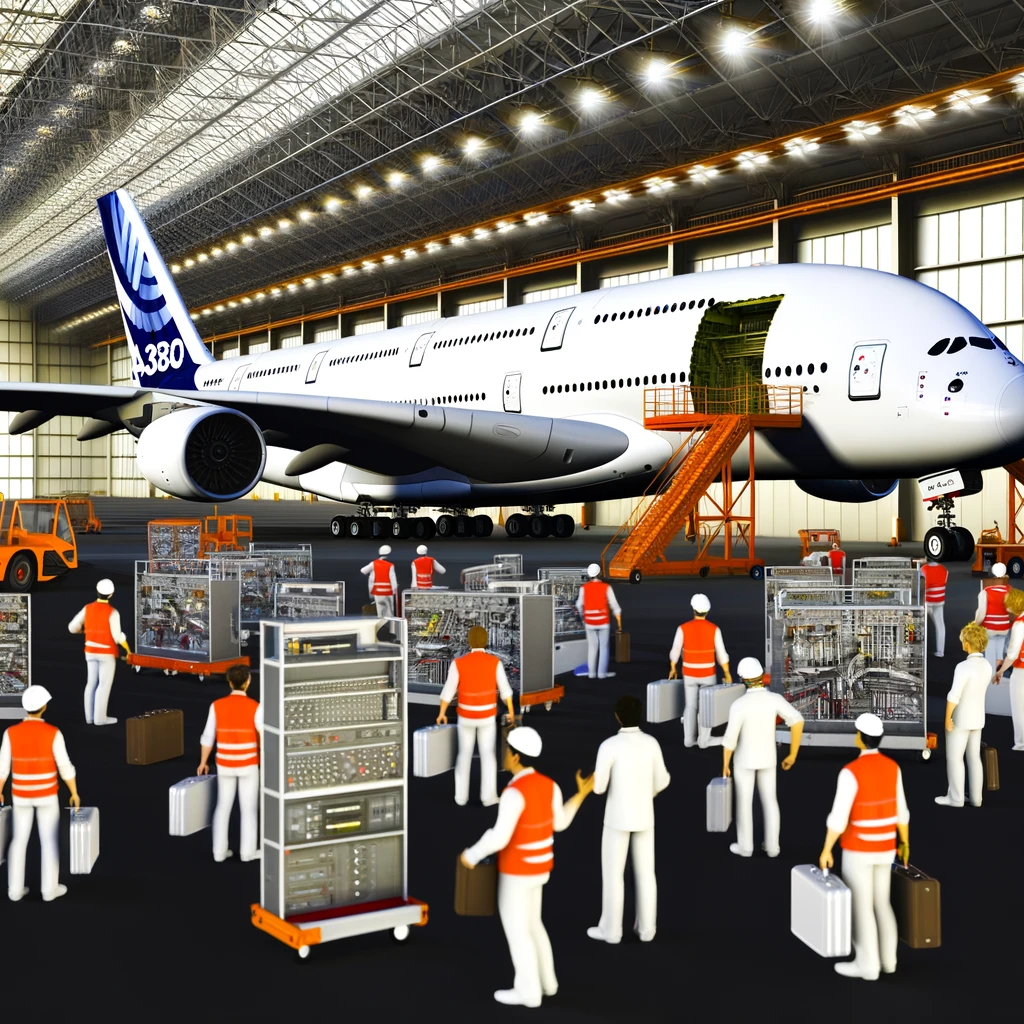
Introduction
The Airbus A380, once heralded as the future of air travel, has been facing an uncertain destiny as airlines phase out these massive airliners. With the aviation landscape evolving, many are curious about what happens to these giants of the sky after they've been grounded. This article explores the future of the Airbus A380, examining where they go, their potential for repurposing, and their lasting impact on the aviation industry.
The Rise and Fall of the Airbus A380
The Airbus A380 was designed to revolutionize air travel with its unprecedented capacity, providing airlines the ability to transport more passengers per flight. Launched in the early 2000s, the A380 quickly became the flagship of many major airlines. However, changes in market demand and economic considerations have led to a decline in orders, with airlines opting for more fuel-efficient aircraft.
Challenges Facing the A380
The primary challenge for the A380 has been its size and operational costs. As airlines prioritize fuel efficiency and flexibility, smaller and more economical aircraft have become preferable. Additionally, the COVID-19 pandemic accelerated the retirement of these aircraft as travel demand plummeted, leading many airlines to ground their A380 fleets permanently.
Where Do Retired A380s Go?
Once retired, these aircraft have several potential paths. Some are stored in long-term parking facilities, while others are dismantled and recycled. However, a few find new life through conversion into cargo planes or even unique projects.
Storage and Recycling
The most common fate for retired A380s is storage, where they are kept in desert locations that offer ideal conditions for preservation. Over time, these aircraft may be disassembled, and their parts recycled or sold to other operators. The process is complex but essential for reclaiming valuable materials and reducing environmental impact.
Conversion to Cargo
As e-commerce booms, there is potential for some A380s to be converted into cargo planes. This involves significant modifications but can extend the aircraft's service life. While the market for such conversions is still developing, it presents a viable option for repurposing these aircraft.
Unique Repurposing Projects
Beyond traditional aviation uses, some A380s are being transformed into unique attractions or hospitality venues. For example, plans have been proposed to convert parts of these aircraft into restaurants, hotels, or museums, showcasing the engineering marvels of the A380.
The Lasting Impact of the A380
Despite its challenges, the Airbus A380 has left an indelible mark on the aviation industry. It pushed the boundaries of aircraft engineering and reshaped airport infrastructure to accommodate its size. As these aircraft retire, they serve as a reminder of the ambitious vision they represented and the lessons learned in large-scale aviation.
Lessons for Future Aircraft Design
The A380's story provides valuable insights for future aircraft design. It highlights the importance of adaptability and market responsiveness in aviation. Future aircraft may prioritize sustainability and flexibility over sheer size, taking cues from the A380's successes and shortcomings.
Conclusion
The journey of the Airbus A380 from revolutionary airliner to retired giant is a testament to the dynamic nature of the aviation industry. As these aircraft transition to new roles or are preserved for posterity, they continue to captivate the imagination of aviation enthusiasts and professionals alike. Whether as cargo planes, recycled parts, or unique attractions, the legacy of the A380 lives on, influencing the future of air travel.
Related Articles





